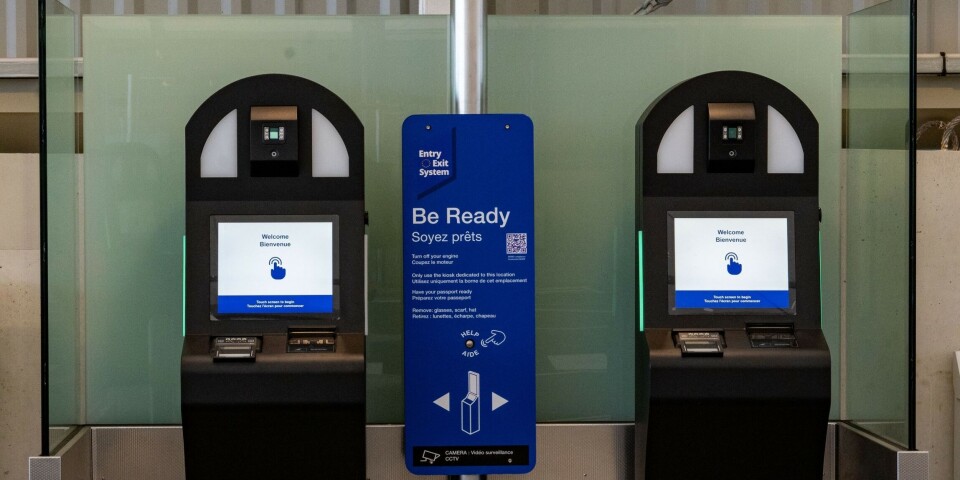-
What is France’s ‘intime conviction’ legal concept used to reach verdict in Cédric Jubillar trial?
Unique approach to murder trial without a body that transfixed France
-
Row over French carsharing app that lets smokers buy cheap cigarettes in six EU countries
Products such as tobacco and alcohol are less expensive in neighbouring countries
-
French pharmacies attract American visitors with their lower prices
Pharmacists say some tourists are buying medication in France - both prescription and over-the-counter - to save money
Why were there two elections?
System used for regional elections only dates from 2004, but is meant to ensure fairness and a clear majority
“WHY were the regional elections held twice?” – this reasonable question was sent in to Connexion by a reader from the Languedoc-Roussillon.
The answer, which is also touched on in January’s paper out today as part of an in-depth analysis of what the results means for France, is that there are usually two tours (rounds) at French regional elections, but this does not mean the election is literally ‘held twice’.
This two-round system, which has only been in place since 2004, is meant to give parties a fair chance but also result in a strong majority for one party so that councils are not too split and can take effective decisions.
All local parties get a crack at the whip in the first round – if they can muster enough names for a list - but those with least support are filtered out for the second round unless they are able to ally with another group.
It works like this:
• Parties put forward candidate lists which include enough names to fill all of the council seats, all of whom must have a proven link with the region. The names are divided into sections for each department making up the region, to ensure each area is represented on the council, with the size of the section being proportional to the population of the department.
The sections alternate men and women. At the top of the party list is the person leading the party group, who would usually become regional president if the list wins, followed by others in the order in which their candidature was declared to the prefecture.
• At the first round, if one list receives an absolute majority of all of the people who vote, the election is over. That list receives 25% of the seats, then the rest are shared out among both that party and others that obtained at least 5%, in proportion to the total number of votes that each list received. Seats are allocated within departmental sections, in proportion to votes cast for the party in each department, starting at the top of the section and working down.
• If no list obtains an absolute majority, then a second round is held a week later. Only lists with at least 10% of the votes at the first round take part, though parties with at least 5% each are allowed to merge with another list or lists. Occasionally, as we saw this time in the north and south-east, a party may also decide to withdraw its list from the second round in a bid to stop another party winning. The winning list is the one with the most votes, whether by an absolute majority or not. Seats are then shared out as described above for the first round, meaning one list usually ends up with more than half of the council seats.
For more about the regional elections, including analysis from an elections expert from Sciences Po, read the January edition, out in shops this week, or download a PDF at connexionfrance.com for €3.80.
Image: Wikimedia Commons / Superbenjamin
























